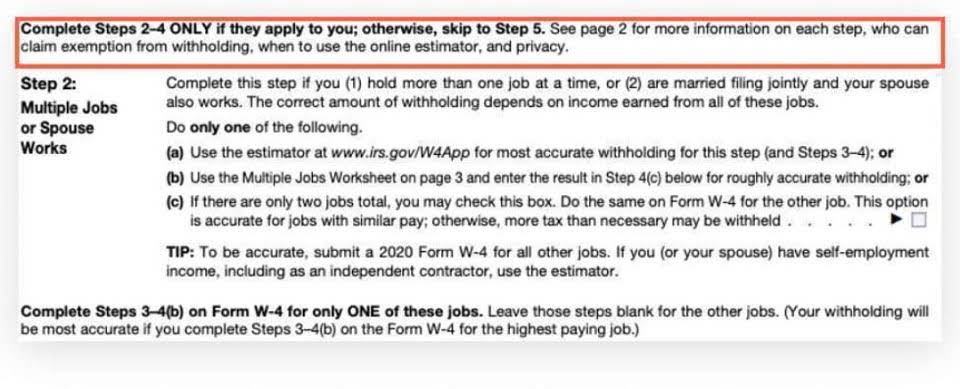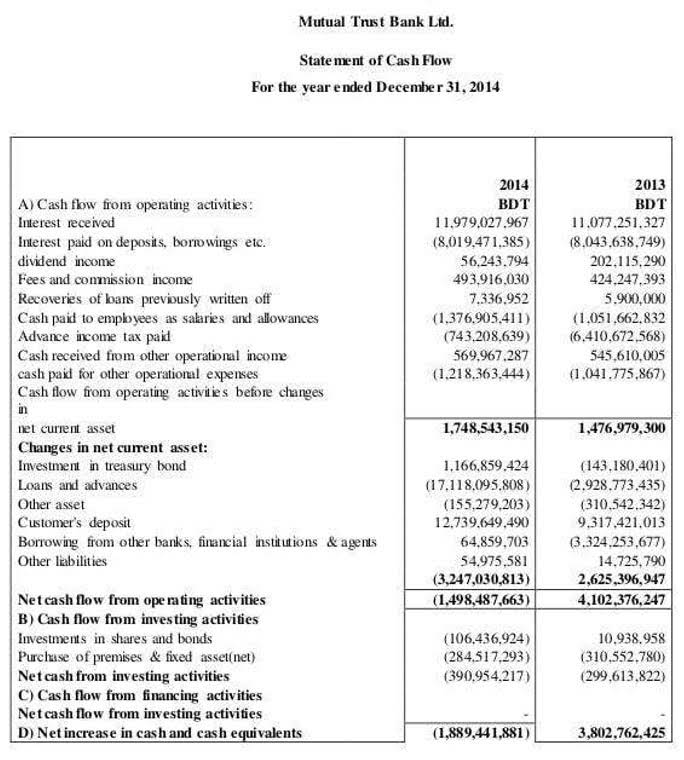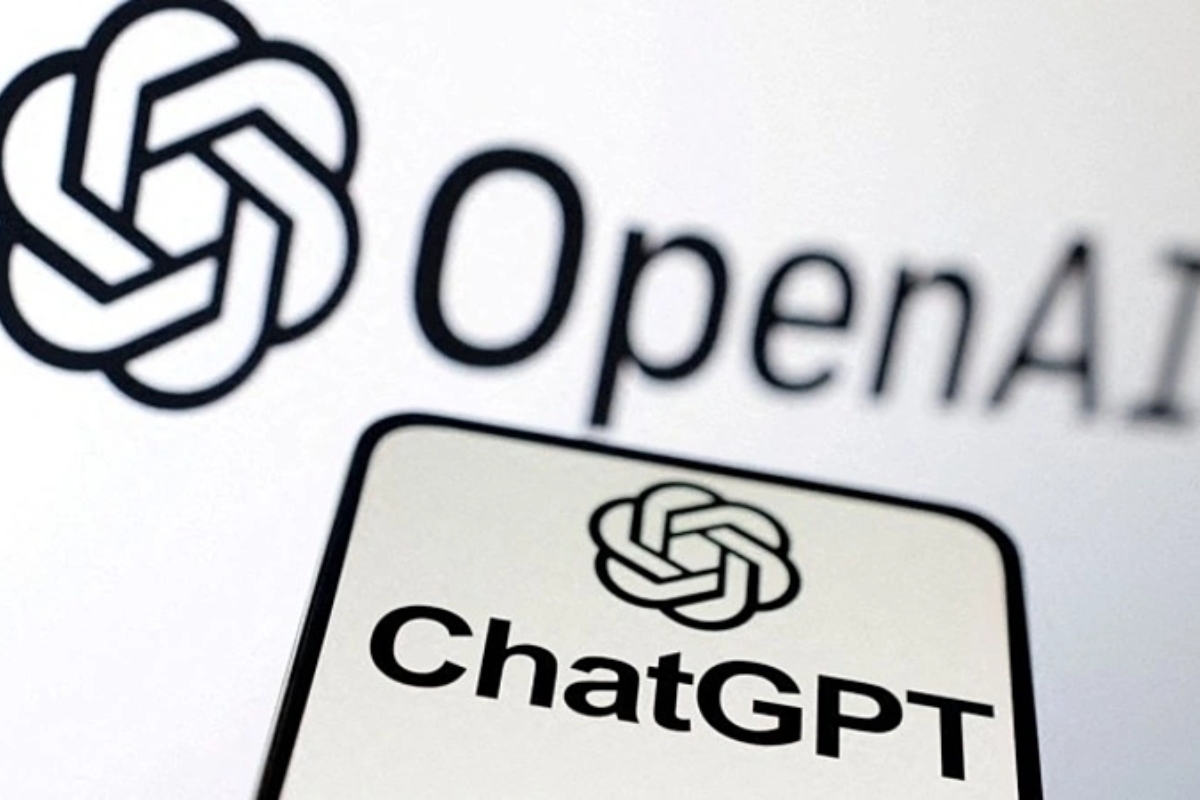Tư vấn bán hàng

Simple recycling can save money by both decreasing waste collection charges, and protecting the environment. Maintaining and repairing the equipment in a coffeehouse is a crucial aspect of running the business profitably. From the espresso machines and grinders to the blenders and refrigeration units, each piece of equipment requires regular care and attention to ensure optimal performance and minimize downtime. By closely managing the cost of coffee beans, tea, and other ingredients, coffeehouse owners can ensure that their business remains profitable and sustainable in the long run. To provide the tools and resources for up and coming coffee shop owners to gain that vital insight and knowledge on how to start a coffee shop successfully.
- By understanding and managing these variable costs, The Brew Haven can ensure a sustainable and profitable operation amidst the fluctuating demands of the coffeehouse market.
- Using high-quality ingredients and offering a unique experience can lead to increased COGS, but it can be offset by higher sales price points and customer loyalty.
- Implementing inventory management systems and optimizing staff scheduling during peak hours can lead to significant savings.
- As part of your specialty coffee shop financials, it’s important to incorporate potential repair costs into your overall budget.
- Navigating these operational expenses is crucial for ensuring the long-term success and profitability of your enterprise.
- From fuel expenses to staff wages, each factor plays a crucial role in your profitability.
Focus on Marketing Efficiency
- Before we dive into the best ways on how to reduce coffee shop monthly expenses which we start by stating that obvious which is some costs can’t be reduced.
- On average, a coffee shop can expect to allocate about 10-15% of its total operating budget to insurance costs.
- The software can alert you when stocks are low, generate purchase orders, and forecast future needs.
- For a coffee and snack business like Brew & Munch, the delivery and transportation costs can be a significant component of the overall operating expenses.
- To maintain a clean and inviting environment, budgeting approximately $100 to $300 monthly for coffee shop cleaning supplies costs is essential.
- Expect to pay approximately $150 to $500 a month for coverage, depending on the specific needs of your coffeehouse.
- When budgeting for your coffee truck, it’s essential to track both fixed and variable costs accurately.
Inventory costs for a coffeehouse can be around 30% of total sales and includes coffee beans, pastries, milk, and other supplies. Effective inventory management is essential to minimize waste and maximize profits. The total insurance expenses can be a substantial component of the overall coffee truck operating costs. Moreover, maintaining these permits is not a one-time expense; you must budget for annual renewals and bookkeeping potential inspections, which can add up significantly over time. With the operational costs of a coffee truck being extensive, it’s critical to account for these fees in your financial management from the outset. When determining the pricing structure for Brew On Wheels, it’s vital to consider these ingredient costs alongside other coffee truck expenses such as labor, marketing, and equipment maintenance.
Staff Management

Fortunately, once you know how to control your costs, it’s very possible to stay afloat. In fact, coffee shops that scale and grow are the ones who invest in operational best practices. They set a timeline to grow their shop while managing costs of goods sold and labor effectively. For a coffee and snack business like Brew & Munch, the delivery and transportation costs can be a significant component of the overall operating expenses.
How to Choose the Right Accountant and Bookkeeper for Your Coffee Shop Business

Losing staff a lot of times has a negative ROI for coffee shops since the transitional period and the time taken to fill the vacant position can impact overall business performance and profitability. Understanding the operational expenses for Brew & Munch will not only aid in budgeting but also in ensuring legal compliance. Investing time and resources into acquiring the right licenses and permits can save you from costly mistakes in the future.

Professional Services

Finding the right balance between the two can optimize staffing costs while meeting customer Bookkeeping for Chiropractors needs. Additionally, offering flexible scheduling options can further enhance cost management. Implementing shift rotations, split shifts, or on-call arrangements allows for better control of labor expenses based on anticipated demand. Regular maintenance and proper usage of equipment are essential in managing running costs. Implementing a preventive maintenance schedule helps identify and address potential issues before they escalate into costly breakdowns. For example, a well-placed advertisement in a local magazine could yield a higher return than a broad social media campaign.
But I knew that these things alone would not be enough to lure customers away from the name brand established coffee shops. Balancing the mix of full-time and part-time employees is another key aspect of labor cost management. While full-time employees provide stability and continuity, part-time staff offer flexibility in adapting to fluctuating demand. When embarking on the journey of opening a coffee shop, one of the primary considerations is securing an ideal location. Rental expenses for a coffee shop space depend on various factors, including the size, condition, and desirability of the premises, as well as the local market conditions. Coverage may cost around $300 to $1,000 monthly, depending on coffee shop accounting factors like location and shop size.
- Exploring more about the startup costs might give further insights into structuring your financial strategy.
- Running a successful coffeehouse requires navigating a complex web of licensing and permit requirements.
- Overall, the taxes and regulatory compliance costs for a coffee and snack business can be significant and should be carefully factored into the overall operating budget.
- Running costs of a coffee shop typically include rent, utilities, labor expenses, ingredients, equipment maintenance, marketing, and administrative expenses.
- Investing in ongoing training programs is essential for maintaining service quality and keeping staff members motivated.
How Much Does It Cost To Operate A Specialty Coffee Tea Shop Business?
Ultimately, understanding and effectively managing these costs is vital for Brew & Munch. The balance between a prime location and reasonable rent can lead to higher visibility and increased customer footfall, while efficient utility management can enhance profit margins. Regular monitoring of these expenses will help in determining realistic pricing strategies, ensuring Brew & Munch remains competitive in the bustling coffee market.






